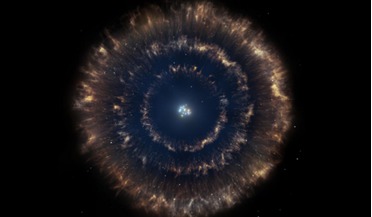 25 July 2016
Supernova "Matryoshka" Discovered in Local Group
25 July 2016
Supernova "Matryoshka" Discovered in Local Group
... which can make the second and the third shells. The presence of the bubbles explains why star formation has been much slower than simple models of galaxy evolution predicted. These bubbles are part of a widespread...
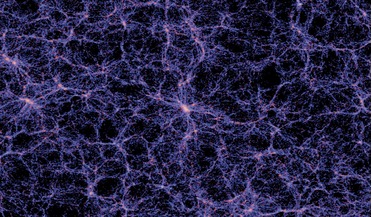 07 November 2016
Astronomers detect a trio of unusual dwarf galaxies in the voids of the cosmic web
07 November 2016
Astronomers detect a trio of unusual dwarf galaxies in the voids of the cosmic web
... of which is extremely gas-rich and also extremely metal deficient but is also thought to be the site of recent star formation. UGC 3672 is described by Chengalur and colleagues as a scaled down version of a nearby interacting group of galaxies known...
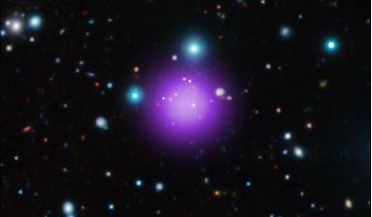 31 August 2016
Record-breaking galaxy cluster discovered
31 August 2016
Record-breaking galaxy cluster discovered
... on Earth. The discovery may also push back the formation time of galaxy clusters by about 700 million years. ...core of CL J1001, with nine of them going through rapid star formation. Stars are forming at a rate equivalent to over 3,000 Suns forming ...
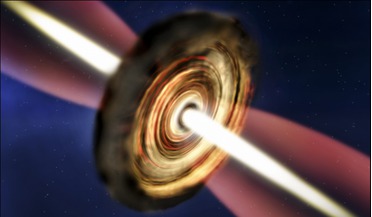 22 August 2016
Massive Young Star Discovered
22 August 2016
Massive Young Star Discovered
.... The discovery and results of the study could help scientists understand how massive stars are formed and will be presented this week at the Star Formation 2016 conference held at the University of Exeter. According to Dr. John Ilee at Cambridge...
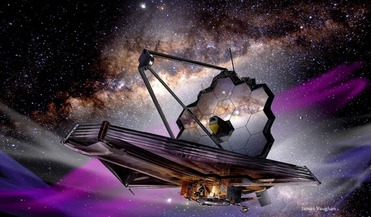 May 2022
Essential guide to the James Webb Space Telescope
May 2022
Essential guide to the James Webb Space Telescope
...astrophysics, from unveiling the light of the very first stars and galaxies to hunting for possible signs of life ...clouds like smoke), revealing the otherwise hidden world of star formation. However, longer infrared wavelengths, like those seen by ...
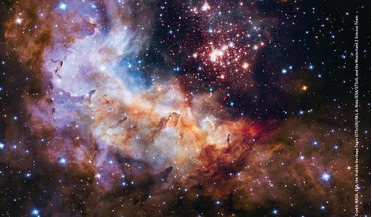 June 2015
Hubble’s 25th Anniversary
June 2015
Hubble’s 25th Anniversary
... Way. Bathed in gas and dust the cluster formed in a huge rush of star formation thought to have occurred around a million years ago. The hot blue stars at the core are responsible for carving out a huge cavity in the...